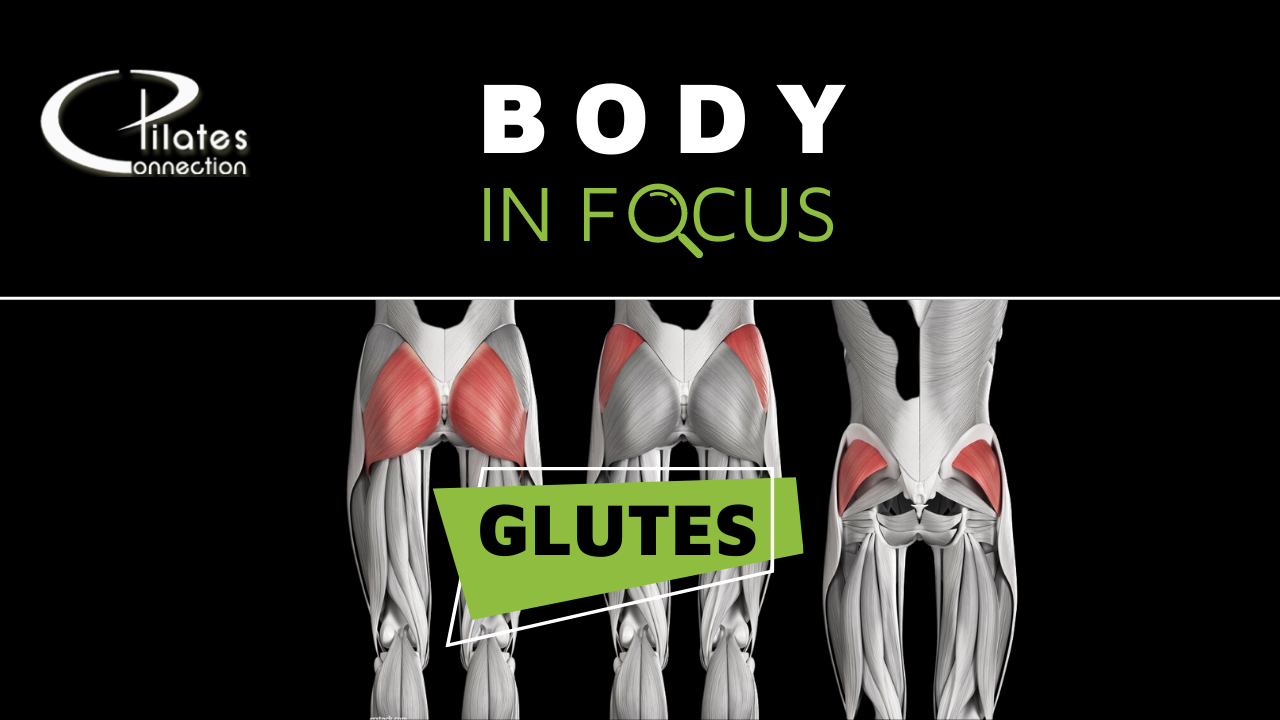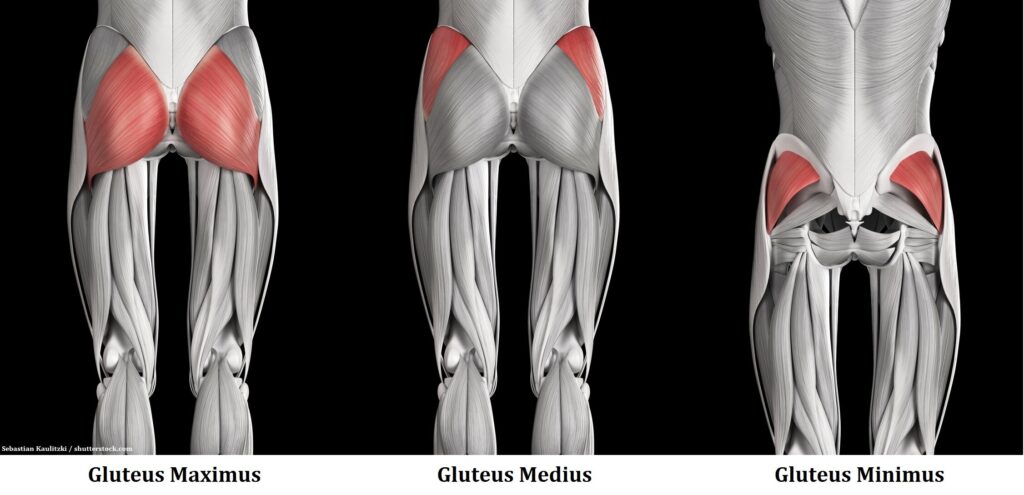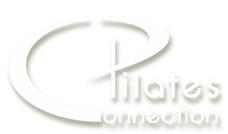
Body in Focus – Glute Muscles
For the month of March, we’ve delved into the mighty trio that makes up the Glute muscles. By teaching you where they are located and how to activate and strengthen, we can make sure the largest muscle in your body isn’t also the laziest – no one wants a “lazy bum” – right?
What are the Glute Muscles and where are they located?
The glutes are the largest muscle group in the body and play an important role in moving and stabilising your body during exercise, holding your body upright and helping you to move powerfully throughout the day. Here are the three main muscles that make up your glutes:
- Gluteus maximus: True to its name, the maximus is the biggest muscle in your body. Its job is to extend your hip (think: about what’s happening in your hip during the upward motion of a squat) and to rotate your leg outward.
- Gluteus medius: This pork chop-shaped muscle sits near the outside of your pelvis. Like the gluteus minimus, it abducts and rotates your leg inward.
- Gluteus minimus: The smallest of the glute muscles lies directly under the gluteus medius. It abducts your leg (moves it away from the centre of the body) and rotates your leg inward.
While the gluteus maximus traditionally gets all the attention, the medius and minimus also do an important job in addition to those listed above. They are responsible for stabilizing your pelvis when you walk or anytime you’re off-balance. Stand up and balance on one leg— there you have it – your glute med and min just kicked in.

How they work together:
Here are a couple of videos to show you how these muscles work, and how to engage them properly:
Three reasons strong glutes are important
1. Reduce back pain
Your gluteals are responsible for hip extension and assist their reverse action. When your feet are fixed on the ground, their job is to move your chest upward from the ground, like in a deadlift. Strong gluteals are essential to lower back health since they assist with pelvic, hip and trunk motions. They also help more evenly distribute the load throughout your lower back and lower extremities and assist in good posture.
2. Reduce knee pain
Your gluteal muscles create pelvic stability; which is especially important when your lower extremities function in a closed chain. For example, if you twist your ankle, you can also have imbalances at the knee and further up the leg. The same thing can happen if instability begins at the hip, leading to excessive force on the knee and ankle. That can mean knee pain or discomfort.
Instability at the hip can cause your femur to turn too far inwards (excessive medial rotation), causing your kneecap to slip out of place as your leg bends and straightens. It’s called lateral patellar tracking and is a common source of knee pain for many people. Do your knees hurt when walking up the stairs – Chances are you are not engaging your glutes correctly!
3. Increase power and exercise performance
Your gluteals assist in forward propulsion during running by creating explosive hip extension. They are essential to acceleration, jumping and even heavy lifting. If your gluteal muscles get weak, you may find yourself less powerful and less efficient.
Easy ways to strengthen your glutes
- Activate the muscles:
Before exercising, you need to warm up and activate the glute muscles. Foam rolling before you exercise is a great way to wake up the glute muscles and other muscles that connect to the hip. It can also help break up muscle fascia so that the glutes can move freely. Glute Bridges are another way to mobilise the spine, and wake up the glutes at the beginning of your exercise routine, or even on the floor after you get out of bed in the morning. - Add resistance:
Most leg exercises will engage the glutes. If you’re just starting out, your own body weight should provide sufficient resistance for a number of exercises – in terms of Pilates, think Clams, Fire Hydrant (Puppy Piddles – demonstrated by Liane below), Donkey Kicks (also demonstrated in a video below), Crab Walks, Glute-Kickbacks, and Squats. If you’re looking for a greater challenge, many of these exercises can be done with resistance – using bands, leg weights, or even on the Reformer machine. - Stretch:
Tight muscles are unable to work through their full range of motion, which reduces the amount of force they can generate (and weight they can lift) during a given exercise. Doing glute stretches can help lengthen the muscle and allow it to be strengthened throughout its full range during exercise. A simple Glute stretch is demonstrated at the end of the exercise videos below.

No Comments